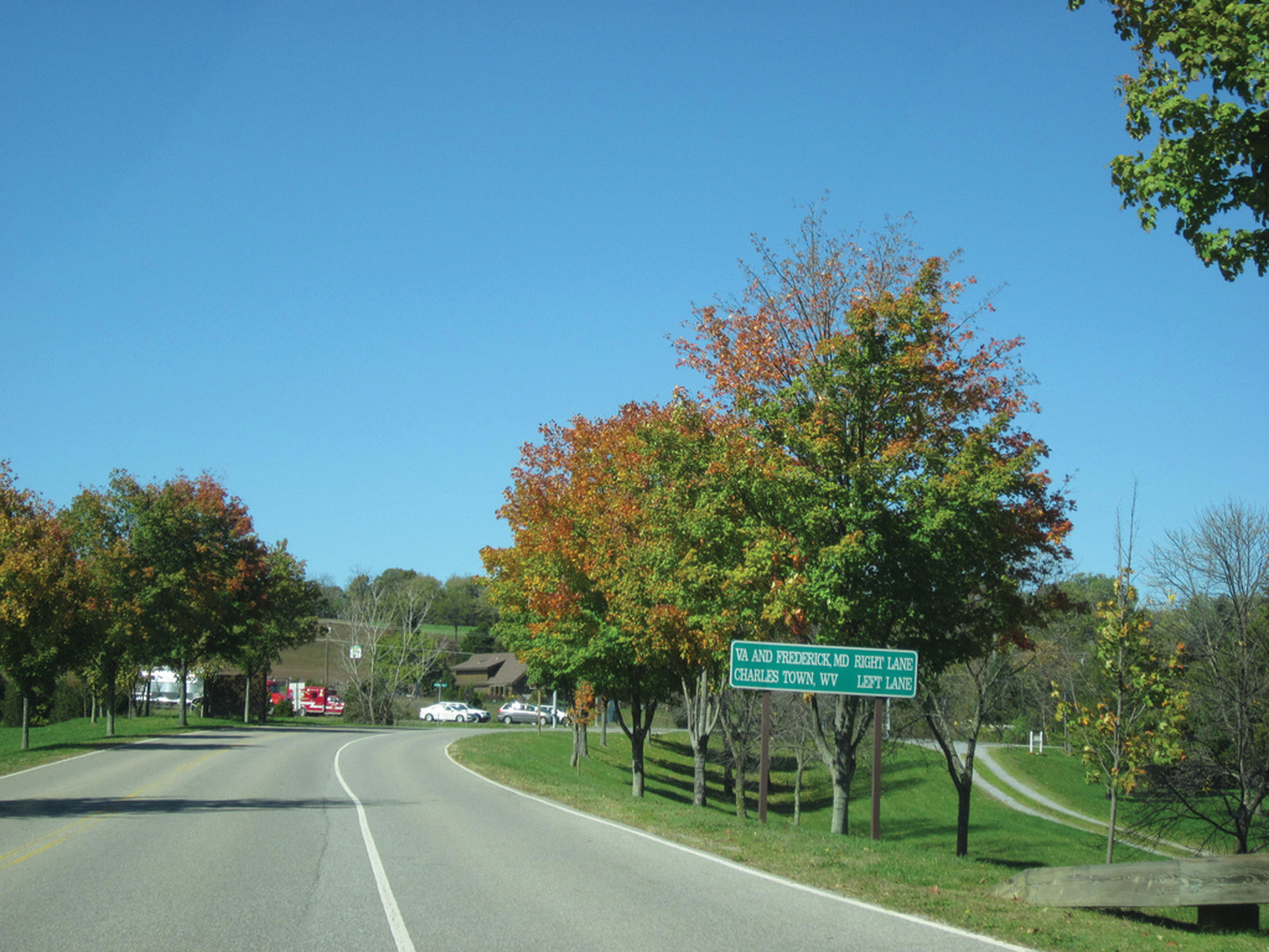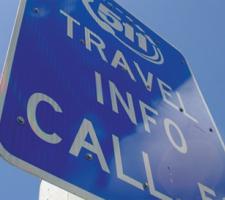
West Virginia is among the latest states to join the scheme, launching its 511 traveller information system in December. Pic: Doug Kerr
What started out at the turn of the millenium as a simple dial-up travel information service has grown out of all recognition in the digital age. Pete Goldin surveys the development to date of the US 511 traveller information system.
In a little over a decade, 511 has gone from its original intent – a collection of recorded messages accessible via phone for pre-trip planning – to a network of dynamic traveller information services provided by states and cities throughout the US, offering access to a wide variety of real-time travel information via phone, web and smartphone apps.Starting out simply as one nationwide, easy-to-remember three-digit telephone number, 511 has come to represent the future of traveller information delivered via constantly emerging technologies in a digital world.
The spread of intelligent transportation systems technology has also increased the scope of 511 far beyond its original purpose. In the years since 511 was established by the
The result is that millions of Americans can now make better travel decisions – choosing departure time, mode of transportation and route – to save time and money, as well as reduce congestion and resulting emissions and ultimately improve safety.
Going nationwide
In the 1990s, there were more than 300 different traveller information lines in the US. USDOT attempted to consolidate these programs by petitioning theThe FCC ruling was not a mandate requiring state and local governments to adopt 511. The ruling left nearly all implementation issues, funding issues and schedules to state and local agencies, giving them the freedom to establish the programs according to their own needs. Each agency develops and operates its own independent 511 system.
Currently about 70% of the US population has access to some sort of 511 traveller information service. 511 services are currently offered in 39 states and the coverage continues to grow. Among the latest is West Virginia, which launched a 511 traveller information system in December, providing real-time traffic information including congestion, crashes, construction, lane closures, road conditions and severe weather information on all of West Virginia’s interstates and other major highways. Motorists in West Virginia can receive real-time traffic updates 24 hours a day by calling 511 toll-free, visiting WV511.org, downloading the free WV 511 Drive Safe mobile app for Android and iPhone, or following WV 511 on Twitter.
With support from USDOT, the 511 Deployment Coalition was organized to help drive the deployment of 511 programs. Established by the
The goal of the 511 Deployment Coalition is “the timely establishment of a national 511 traveller information service that is sustainable and provides value to users”. The intent is to implement 511 nationally using a bottom up approach – with state and local transportation agencies taking the lead – facilitated by information sharing and a cooperative dialogue through the national transportation associations that make up the coalition.
One of the most important tasks the coalition has accomplished so far is the publication of implementation and operational guidelines to assist agencies with 511.
The 511 Deployment Coalition must also address the most pressing issues facing a nationwide traveller information program: should there be some minimal level of content and minimum quality of content? And what level of consistency should there be among 511 services throughout the US? These questions still need to be answered.
Keeping it real
To build a successful 511 program, very accurate real-time travel information is needed on the back end. Available ITS technologies can deliver this level of accuracy, but it is up to the government agencies to deploy and utilize the technology to its full potential.Fortunately, the
The program – which was included in Section 1201 of the Safe, Accountable, Flexible, Efficient Transportation Equity Act: A Legacy for Users (SAFETEA-LU) – not only requires collection of real-time data but also sharing of that data with state and local governments and the traveling public.
The regulations do not require any particular technology, application or business approach for the real-time information program. States and other public agencies are encouraged to consider any options that yield positive results. A variety of technologies and services are available to transportation agencies, to help them gain real-time travel information. Collecting data from probe vehicles and tollway transponders are just a few of the options available.
Right now, USDOT believes 31 states are in compliance with this real-time information rule. It comes down to the ability to secure funding and make a commitment. As technology evolves and improves, and as costs are brought down, we can expect to see even more quality, accurate real-time information.
The ruling “does not require the dissemination of the information in any particular manner, just that the state makes said information available”. However a 511 program does seem to be an ideal venue to deliver the information to the travelling public.
In its strictest definition, 511 refers simply to the ability to dial a three-digit phone number to reach a traveller information service. But 511 has taken on a much larger meaning in the digital age. Many states use the 511 branding in the names of their traveller information programs, although those programs go beyond phones to include websites and smartphone apps.
For example, Virginia calls its traveller information program Virginia 511, but it encompasses traveller information on the web and dynamic message signs.
West Virginia’s new WV511.org website provides an interactive map with the locations of traffic incidents, roadway construction and weather advisories. Many 511 programs include similar maps that allows users to view traffic cameras displaying 24-hour images of traffic conditions around the state.
When 511 was first established, the original intent was to support planning from a landline, prior to travel. The penetration of cell phones, including new smartphones, across the population has not only made access to 511 easier, it has also added a new challenge: driver distraction.
USDOT supports the idea that the driver would not necessarily be the one interacting with 511, particularly when websites and smartphones are being accessed in the vehicle. In this sense, the passenger would take on the role of ‘navigator’.
Even though mobile devices make it much easier to access 511 on the go, ironically many of the programs are going back to the concept of pre-planning, and encouraging drivers not to dial 511 with a cell phone or access a 511 smartphone app while driving. With this in mind, the new West Virginia 511 program is being marketed with the slogan “Know Before You Go”.
More Predictive
With the focus on pre-planning, 511 programs are looking into more predictive travel information as well. So if the driver accesses 511 prior to travel, the system will be able to predict travel conditions for a few hours later, when the driver will actually be on the road. This capability will improve over the next few years, as predictive analytics technology becomes more mature.As another way to address the driver distraction issue, West Virginia’s WV 511 Drive Safe mobile app offers drivers audible, hands-free traffic alerts. In West Virginia, drivers must use a hands-free device when using a mobile phone while driving. The app is available for iPhone and Android devices and uses the phone’s speaker and GPS location to provide audible travel advisories in the driver’s vicinity.
The introduction of the apps also shows how 511 continues to evolve. In addition to adding smartphone apps, 511 programs are looking to leverage social media platforms such as Twitter and Facebook as yet another way to disseminate travel information, while appealing to the new generation of drivers.
The flexibility of the program is clearly paying off. Even though 511 does not enforce specific requirements, the states, cities and 511 Deployment Coalition are incorporating cutting-edge technologies that could not have been imagined when the program was first established back in 2000.













